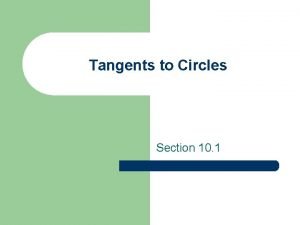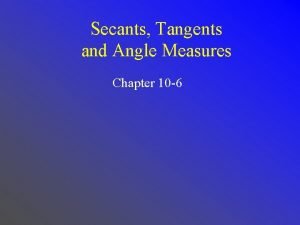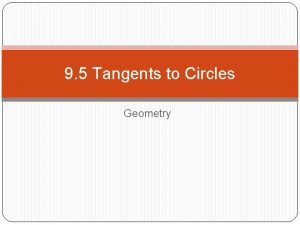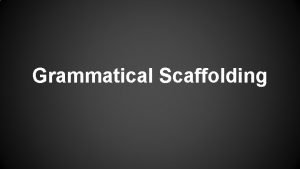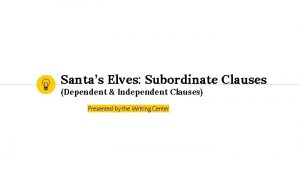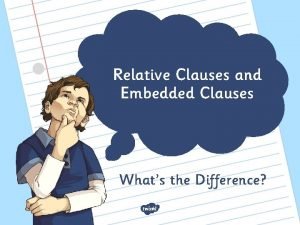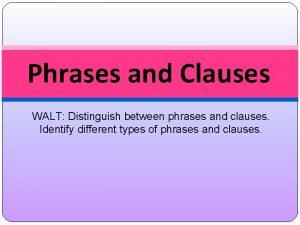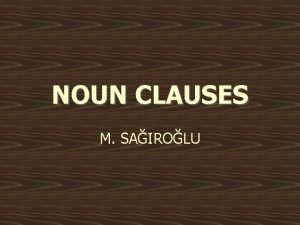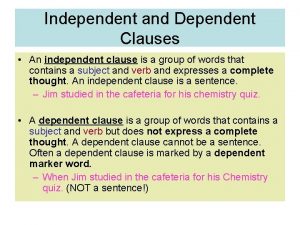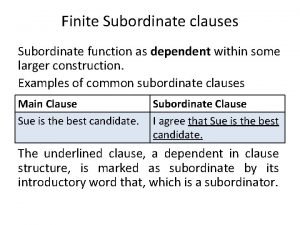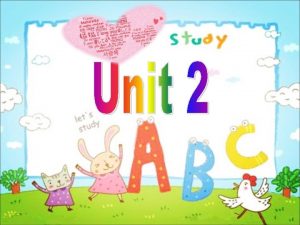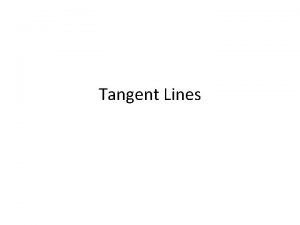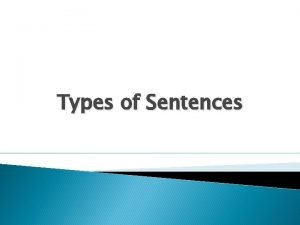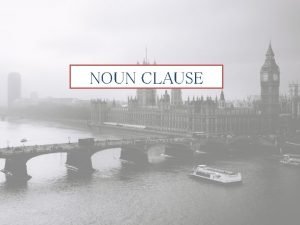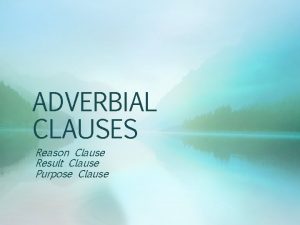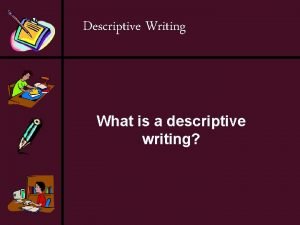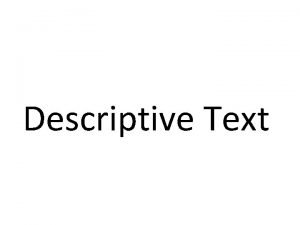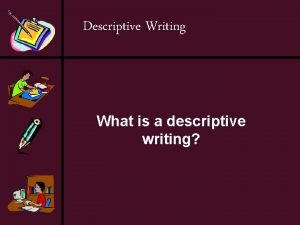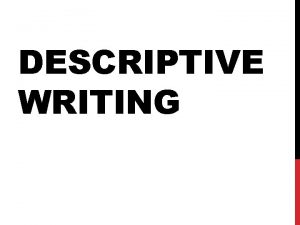Clause Types A descriptive tangent into the types







![Verbal vs. Small Clauses • • • I consider [Michael a fool] Small clause Verbal vs. Small Clauses • • • I consider [Michael a fool] Small clause](https://slidetodoc.com/presentation_image_h2/79943fca19b46abad91602f6316bb48e/image-8.jpg)
![Distinguishing finite/nonfinite • I know [you eat asparagus] finite • I’ve never seen [you Distinguishing finite/nonfinite • I know [you eat asparagus] finite • I’ve never seen [you](https://slidetodoc.com/presentation_image_h2/79943fca19b46abad91602f6316bb48e/image-9.jpg)




- Slides: 13

Clause Types A descriptive tangent into the types of clauses Note: much of this discussion is based on Radford, Andrew (1989) Transformational Grammar. Cambridge: CUP.

Clause = subject + predicate • subject: the NP being assigned a property • predicate: the property being assigned to the subject • The man left • Susan is a linguistics student

Main vs. Embedded • Main clause (also called Root) is the highest clauses. • Embedded clauses (also called subordinate clauses) are inside other clauses. • The armadillo thinks that peanuts are for elephants.

S NP VP Peter V’ V said S’ comp that S NP VP Danny V’ danced

Important! • Main clauses CONTAIN embedded clauses • Embedded: Danny danced • Main: Peter said that Danny danced.

Types of embedded clauses • embedded clauses in specifier positions: • [[People selling their stocks] caused the crash of 29] • [[For Mary to love that boor] is a travesty] • embedded clauses in complement positions • Heidi said [that Art loves peanut butter] • Colin asked [if they could get a mortgage] • embedded clauses in adjuncts positions • [The man [I saw get into the cab]] robbed the bank

Finite vs. Non-finite • Other terms: tensed/untensed, finite vs. infinitive (there actually are differences in what these mean, but we’ll use the terms interchangeably) • Finite clauses have a tensed verb – I thought that [John left] – I want [John to leave] tensed/finite non-tensed/nonfinite
![Verbal vs Small Clauses I consider Michael a fool Small clause Verbal vs. Small Clauses • • • I consider [Michael a fool] Small clause](https://slidetodoc.com/presentation_image_h2/79943fca19b46abad91602f6316bb48e/image-8.jpg)
Verbal vs. Small Clauses • • • I consider [Michael a fool] Small clause I wiped [the table clean] Small clause Jim (is) [an idiot] Small clause [John left] Verbal clause [I saw [Jim leave]] Verbal clause [I want [Jim to leave]] Verbal clause • small clauses have a non-verbal predicate, & usually lack inflection.
![Distinguishing finitenonfinite I know you eat asparagus finite Ive never seen you Distinguishing finite/nonfinite • I know [you eat asparagus] finite • I’ve never seen [you](https://slidetodoc.com/presentation_image_h2/79943fca19b46abad91602f6316bb48e/image-9.jpg)
Distinguishing finite/nonfinite • I know [you eat asparagus] finite • I’ve never seen [you eat asparagus] non-finite • Finite show verbal agreement & tense morphology. Test: change the tense/person: • • I know [you ate asparagus] *I’ve never seen [you ate asparagus] I know [he eats asparagus] *I’ve never seen [him eats asparagus]

Distinguishing finite/nonfinite • Subjects of finite show nominative case, subjects of nonfinite (and small) show accusative case. • I know [he ate asparagus] • I’ve never seen [him eat asparagus]

Distinguishing Finite/Non-Finite • Types of T – Finite: tense suffixes, modals (could, should, would, might, can etc), auxiliaries (is, have) • I think [he should go] – Non-finite: to, Ø • I want [him to go]

Distinguishing Finite/Non-Finite • Types of C – Finite: that, which, if, Ø • I think [that he should go] – Non-finite: for, Ø • I want [for him to leave]

Summary • Clause = subject + predicate • Embedded vs. Root/Main • Types of Embedded: specifier, adjunct, complement • Small vs. Verbal • Types of verbal: tensed/finite vs. untensed/nonfinite • Tests of finite: inflection, case, C, T
 Internal tangent vs external tangent
Internal tangent vs external tangent How to solve secants tangents and angle measures
How to solve secants tangents and angle measures Common external tangent
Common external tangent Descriptive clauses
Descriptive clauses Main and subordinate clauses
Main and subordinate clauses Main clause and subordinate clause
Main clause and subordinate clause Embedded clauses
Embedded clauses Clause and phrases
Clause and phrases Relative clause noun clause farkı
Relative clause noun clause farkı Dependent and independent clauses
Dependent and independent clauses Independent dependent clause
Independent dependent clause Independent marker word
Independent marker word First conditional of come
First conditional of come Closed interrogative
Closed interrogative
